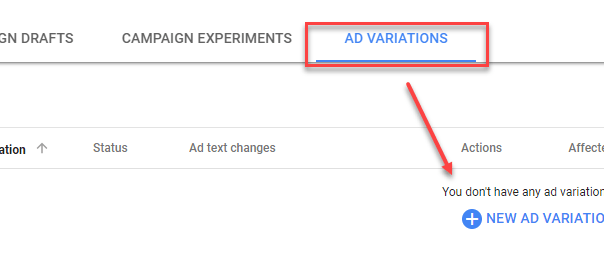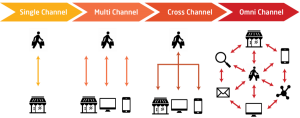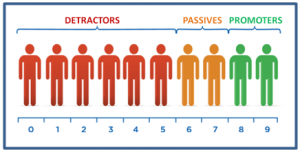— May 4, 2018
Spring has sprung, and with it, new updates to the Google AdWords platform have arrived. The biggest change has been the transition to a new, sleeker user interface, which will continue to be rolled out gradually this year, but numerous other updates are just as interesting—and more useful.
We’ve studied the latest additions in-depth so you can focus on getting the most bang for your buck. As part of your spring ad campaign refresh, consider implementing these five new AdWords features to help you drive more calls and customers:
1. Target the right audience with custom intent
Last fall, Google introduced custom intent audiences for display campaigns, so you can find new sales prospects who are ready to buy your products or services based on data collected from your campaigns and website. You have two options:
- Google can automatically create an audience using its machine learning algorithms.
- You can create your own by selecting specific keywords or URLs that will narrow your campaign focus to your desired group.
Google offered an interesting example of how this tool works: “Insights from existing campaigns may show that people who’ve visited a sporting goods website have also actively researched rainy day workout shoes. AdWords may then auto-create a new ‘waterproof trail running shoes’ custom intent audience to simplify the process of reaching this niche segment of customers.”
Tip: Use the custom intent feature to target audiences that are more likely to call. By integrating your call data into Google AdWords, you can target audiences resembling customers who have called in the past or retarget past callers who didn’t convert with a new offer.
2. Improve your campaigns with the expanded landing pages report
When visitors arrive at your landing page from an ad, what do they do next? Do they hang around and explore, or do they take off for parts unknown—taking their dollars with them? A compelling landing page that shepherds visitors into your sales funnel is critical to the success of your campaigns. With the update to the landing pages report, AdWords makes it easy to assess how well your landing pages are performing, ensure they are optimized for mobile devices, and help them earn higher quality scores.
The new Google AdWords landing page report delivers data from three key metrics for each landing page URL, including the final URL, the mobile final URL, and expansions of these URLs (the webpage where visitors go after you’ve substituted keywords and added custom parameters to the landing page URL). First, it provides the mobile-friendly click rate, or the percentage of mobile clicks that go to a page that has passed Google’s Mobile-Friendly Test. Second, it delivers the valid AMP click rate, or the percentage of ad clicks that land on a correctly coded AMP page, according to the AMP Validator. Finally, it offers performance metrics including clicks, cost, and conversion rate.

Image Source: https://adespresso.com/blog/google-adwords-latest-updates/
Tip: Use the expanded landing pages report to optimize your pages for inbound calls. Make it easier for customers to call you by adding click-to-call buttons to your website page and monitor performance metrics in order to make continual improvements.
3. Better source your conversions with the new attribution updates
AdWords attribution now gives you options for how to assign the credit for sales and conversions to touchpoints in your conversion path on the search network. The current default in AdWords is last-click attribution, which gives full credit for the conversion to the webpage that the customer clicked last. But we hear that AdWords may soon make data-driven attribution the new default.
This model uses machine learning to study conversion data and then calculates each click’s contribution to the conversion. You can choose from five attribution model options:
- A time-decay model that allots most of the credit to the touchpoints closest in time to the conversion.
- A linear model that awards the same score to every touchpoint that contributes to the conversion.
- A position-based model that assigns 40 percent of the conversion credit to each of the first and last customer clicks and the remainder to the middle interactions.
- A first-click model that attributes all credit to the first touchpoint.
- Or opt to use the data driven model as long as your account contains enough data. This option distributes credit for the conversion based on past data for this conversion action.
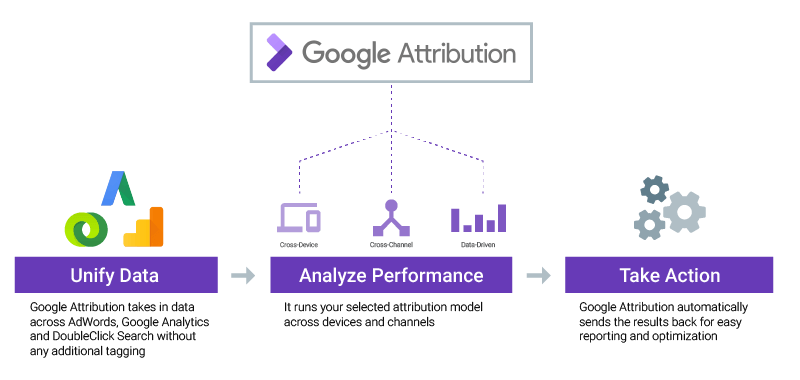
Image Source: https://searchengineland.com/are-you-ready-for-the-attribution-changes-coming-to-google-adwords-292790
Tip: Be sure to integrate call data with your Google AdWords account in order to properly attribute calls back to the digital ad campaigns that are driving them. You can then understand and optimize your digital advertising and website to drive calls and customers.
4. Run scalable A/B tests with ad variations
Until last year, you had to manually run A/B tests over and over to determine the best copy for your network ads. But now, with the new ad variations feature, AdWords makes it possible to create and apply ad content variations at scale.
You can use the new find and replace tool to modify ad text. To create a variation, first select the scope of the change—the entire account, a specific campaign, or a custom scope. Then you can change the language, set the end date, and choose how much of your traffic will view the modification versus the original. AdWords will deliver the results of the variation, allowing you to drill down and see how well both your original and its variations are performing.
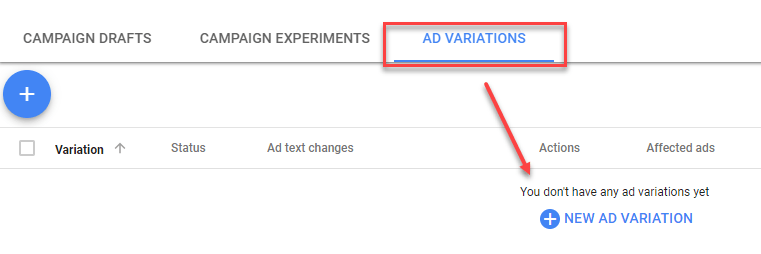
Image Source: https://www.wordstream.com/blog/ws/2018/02/13/adwords-ad-variations
Tip: Be sure to include call tracking data in your A/B tests to determine the landing page driving the most value online and offline. Continue to test new ad variations and easily change ad copy across entire campaigns based on what drives the most calls.
5. See only the data you need with custom columns—now for keywords and ads
With the new AdWords experience, you can limit your display to the data most meaningful to your business, even if AdWords isn’t calculating the metrics you want to see. Not only can you choose which standard Google columns to show, but you can also make custom columns to report on your own custom metrics developed using the formula builder and existing metrics.
In other words, you can now measure performance at the keyword and ad level in addition to the campaign and ad group level. It’s as easy as choosing a metric, such as clicks, or a segment of a metric, such as mobile clicks, and then building a formula and a column with the appropriate operators and formatting.
Tip: With the new custom columns feature, you can customize your reporting to prioritize calls as a metric and format the columns in your report to easily show which ads and specific keywords are driving calls.
Digital & Social Articles on Business 2 Community
(33)
